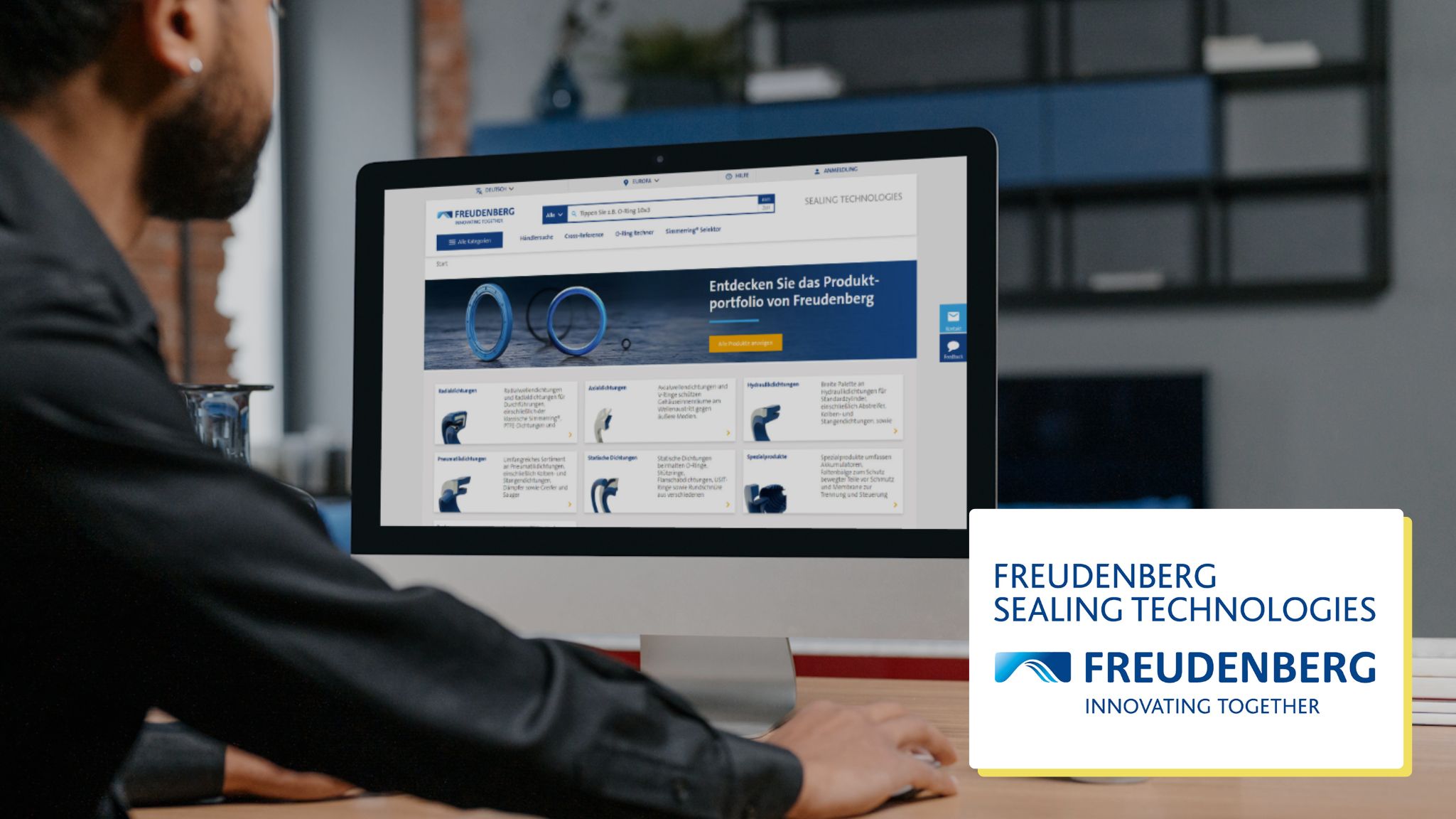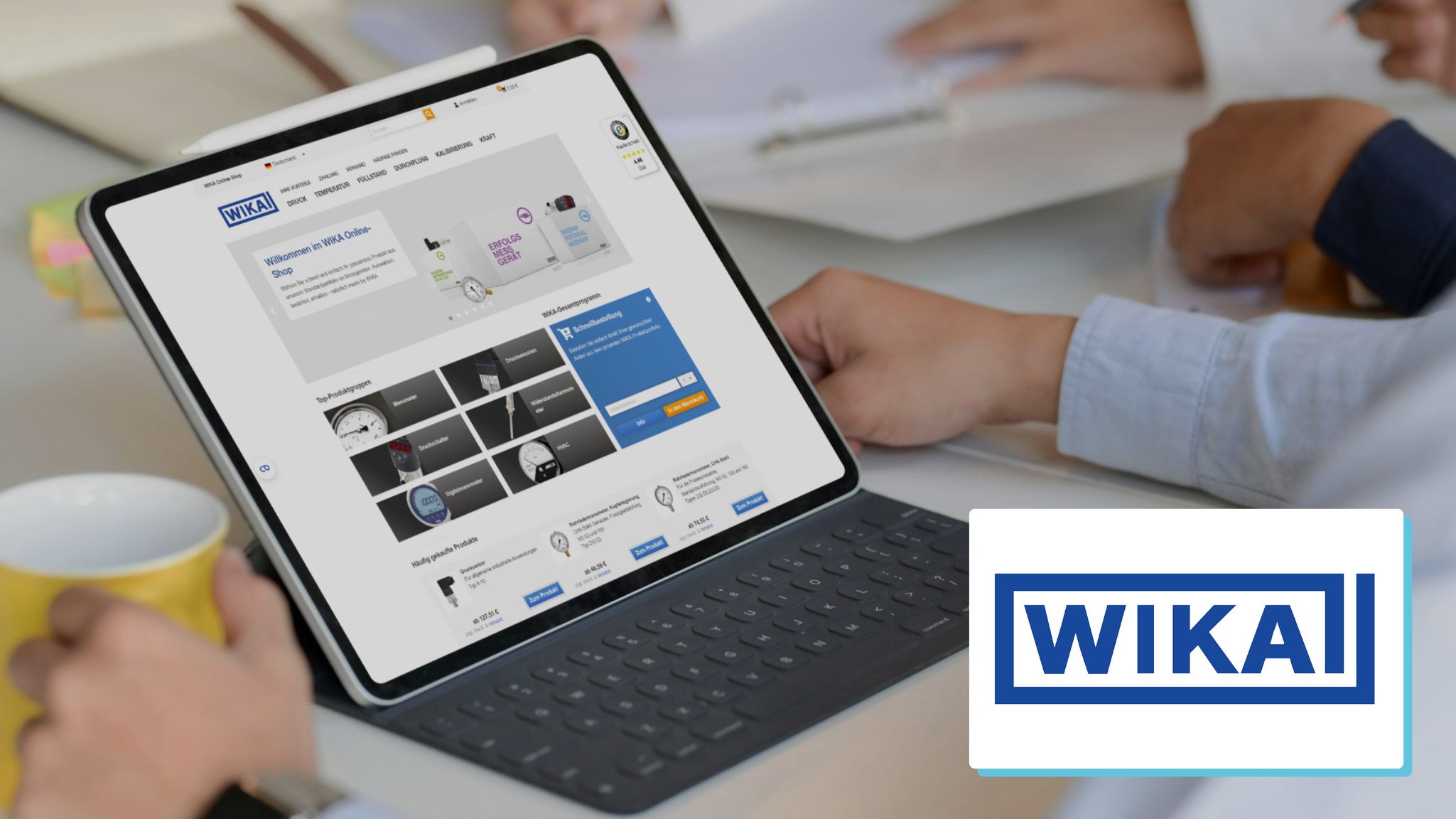
Automation
Data overload and data heterogeneity
Since the beginning of the coronavirus pandemic at the latest, the focus has been on digitalization and one thing is clear: process automation is driving the digital transformation. In the latest survey by Camunda 95% of respondents also stated that they had noticed higher company productivity in the past year due to process automation.
Automation is therefore a logical step towards designing more efficient processes. Nevertheless, many companies are treading water on this issue. They are increasingly swimming in data, but are in danger of drowning in it due to a lack of system integration. The flood of data sources as well as the heterogeneity of data formats of the individual systems can only be used profitably if they are converted into the required data formats with a high manual effort and made available to the respective systems. These repetitive, manual activities cost time as well as money and depend on the know-how of individual people.
Some companies try to harmonise their software islands with overarching solutions. The problem of missing data interfaces and data formats is thus solved. But despite the large range of functions, such a solution never replaces all expert systems.In addition, there is the disadvantage of a vendor lock-in, high costs and low flexibility.
We build digital bridges
The solution is to have a “bridge builder” build the data connections. This way, companies remain maximally flexible and only need to connect the islands whose data is necessary for process automation. If required, new bridges can be built between existing applications at any time or new islands can be connected via bridges.
A positive side effect: companies can start small with minimum viable products (MVP) and explore the potential for automation. In this way, you do not tie yourself to a single tool provider, but build bridges successively according to need, the greatest savings potential and within the scope of the financial possibilities.
In this way, repetitive, manual and time-consuming tasks can gradually be automated by software robots. This Robotic Process Automation (RPA) can automate around half of all processes in companies. RPA technology can navigate enterprise software such as ERP systems, expert software or service management tools, using the applications’ user interfaces like a human. One advantage of RPA is lower process costs. Experience shows that average cost savings of 30 per cent are achieved. In addition, existing IT systems do not need to be replaced, as RPA bots can be used with existing systems.
Our successful
automation projects
automation projects
Get in touch now
Whether you have a specific software project in mind or you are looking for answers to open questions – we are here to help you.
Arrange a non-binding appointment here and let’s talk about which processes we can automate in your company.





